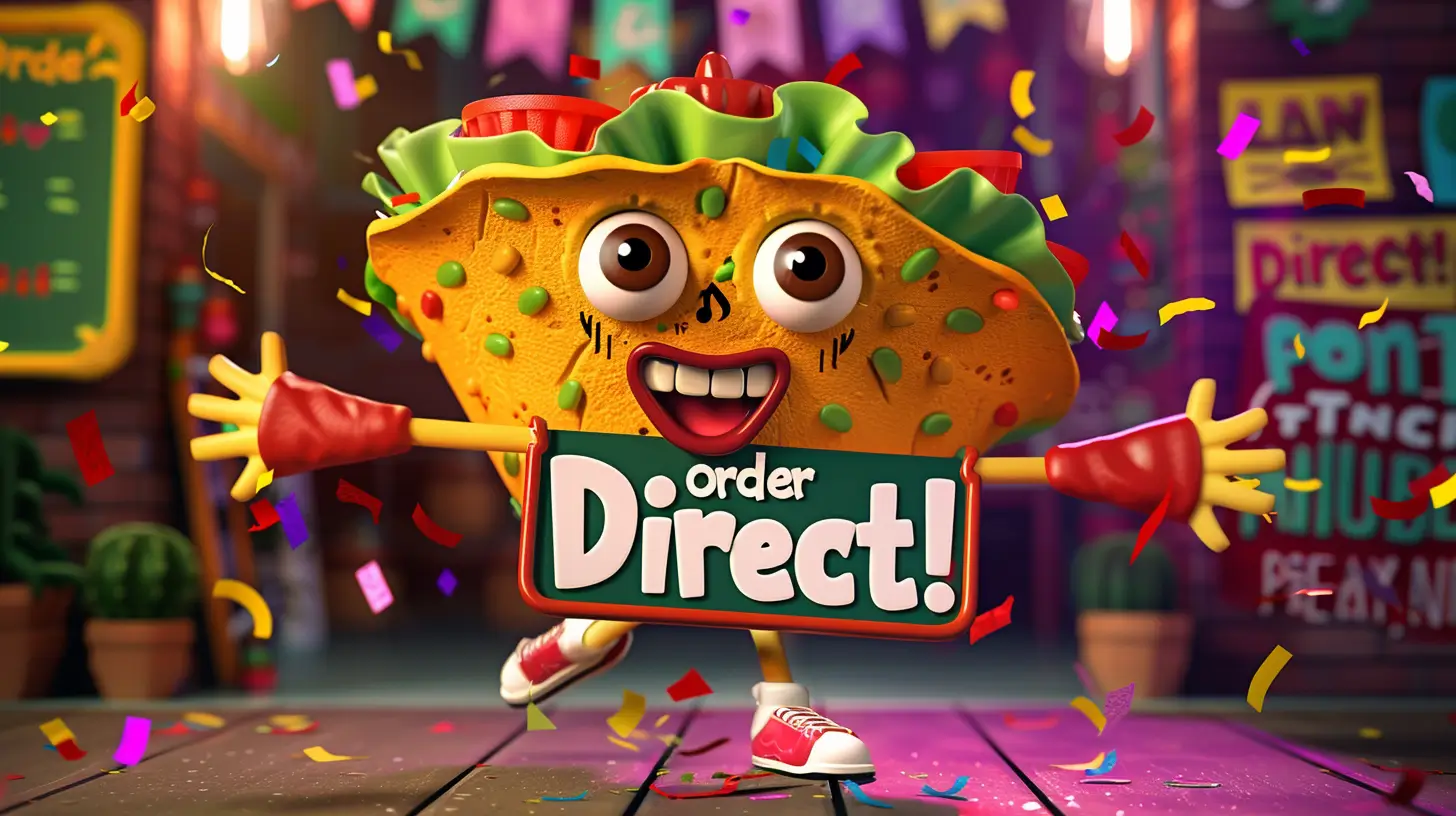October 01, 2025

The restaurant industry is more competitive than ever. With rising food costs, shifting consumer expectations, and digital-first dining habits, it’s no longer enough to simply serve great food. Restaurants need to nurture repeat customers, keep themselves top-of-mind, and create loyalty that drives revenue week after week. One of the most effective and cost-efficient ways to achieve this is through retargeting ads.
This long-form playbook (approx. 8,000 words) is designed to give restaurant owners and marketers an end-to-end system for using retargeting ads to bring customers back. We’ll cover everything: what retargeting is, how it fits into your marketing funnel, campaign setup, creative strategies, offers, measurement, common mistakes, future-proofing, and real-world case studies. Along the way, we’ll reference relevant BOFU articles (bottom-of-funnel content) and MOFU resources so you can take these tactics straight into execution.
Retargeting ads—also called remarketing campaigns—are online advertisements shown to people who’ve already interacted with your restaurant digitally. Think of them as friendly reminders. Instead of wasting money advertising to strangers, you’re focusing on warm leads: diners who browsed your website, clicked on your menu, followed you on social media, or even placed an online order in the past.
Research shows that customers often need multiple touch points before making a purchase. Retargeting ensures those touchpoints happen.
Restaurants don’t survive on one-time guests. 80% of future profits come from just 20% of loyal customers. Repeat diners not only come back but often spend more. Retargeting creates a cost-effective way to remind these diners of what they love about your restaurant.
One restaurant revamped its website with direct booking and ordering features. Then they layered in retargeting ads to reach people who had visited the site but hadn’t booked. Within weeks, they saw a 40% increase in bookings. This shows how retargeting, combined with a conversion-friendly website, can directly grow revenue. Read the case study here.
Suggested Reading: The Restaurant Marketing Funnel: How Your Website Brings Diners to Your Door
Marketing funnels for restaurants typically follow this pattern:
Retargeting is especially powerful at the conversion and loyalty stages. Once someone knows who you are, they just need the right reminder or nudge to come back.
Ads shown to people who’ve visited your website but didn’t take action (like booking or ordering). Example: A diner viewed your dinner menu but left without making a reservation.
Ads run on Instagram, Facebook, or TikTok targeting users who engaged with your posts, watched your videos, or clicked your bio link.
Automated reminder emails sent to customers who abandoned carts, haven’t booked in months, or signed up for your mailing list.
Banner ads shown across Google’s partner websites, targeting users who previously interacted with your restaurant online.
Ads that automatically show the exact dish or menu item a diner viewed online.
Examples:
Your ads should link directly to:
Suggested Reading: The Ultimate Restaurant Website Checklist: From Menus to Mobile UX
These work well but use sparingly. Overuse trains diners to wait for discounts.
Highlight your unique dining atmosphere.
Show reviews, awards, or media features.
Promote live music nights, seasonal specials, or limited-time tasting menus.
Many restaurants lose revenue to third-party delivery apps, which take up to 30% commission. Retargeting can help drive customers to your direct online ordering system instead.
Further Reading: How to Add Online Ordering to Your Website Without Paying App Fees
Always exclude recent converters (e.g., diners who booked in the last 14 days).
How much should you spend? Start small, then scale.
Key metrics:
Suggested Reading: The ROI of a Restaurant Website: What Owners Need to Know
Showing too many ads annoys customers.
Use tailored messaging for loyal customers vs. first-timers.
Make sure your landing pages are mobile-friendly and optimized for conversions.
Suggested Reading: The Most Common Restaurant Website Mistakes (and How to Fix Them)
Consumer behavior and technology are shifting quickly. Restaurants need to prepare for privacy-first marketing, AI-powered personalization, and cookieless tracking.
Suggested Reading:
Problem: Low direct bookings, heavy reliance on third-party apps.
Solution:
Result: 40% increase in bookings, higher online order volume, reduced fees.
Retargeting ads are not just a nice-to-have—they are a growth engine for restaurants. By combining a conversion-focused website with smart retargeting campaigns, you can:
Further Reading: Why Every Restaurant Needs a Website in 2025 (and How to Launch One Fast)
Stay inspired with our latest deep dives into the dining world. From choosing the perfect restaurant for life’s milestones to deciding between a night out or cozying up with takeout, each article offers humanized insights, practical tips, and stories that celebrate the joy of food and hospitality. Explore what’s new and discover guides that make every dining decision more meaningful.